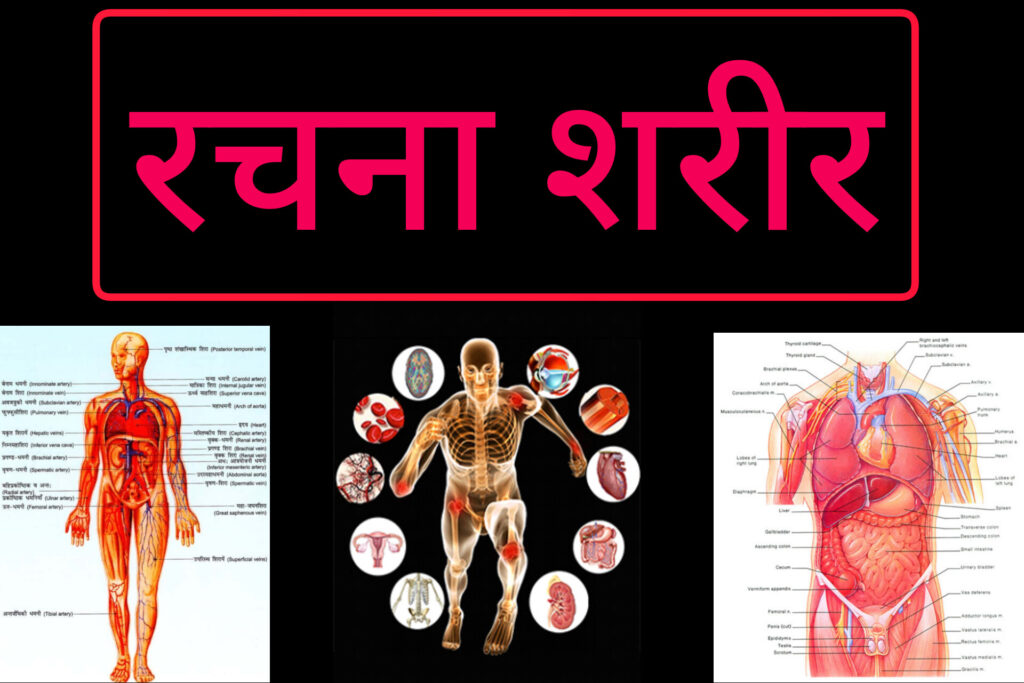
Rachana Sharir (Anatomy in Ayurveda) is one of the fundamental branches of Ayurvedic medicine that deals with the structural and functional aspects of the human body. It provides detailed knowledge about the body’s composition, including bones, muscles, blood vessels, organs, and other vital structures.
Key Components of Rachana Sharir:
- Asthi (Bones) – Study of skeletal structure, joints, and their functions.
- Mamsa (Muscles) – Knowledge of muscles, tendons, and ligaments.
- Sira & Dhamani (Blood Vessels & Channels) – Understanding veins, arteries, and circulation.
- Strotas (Body Channels) – Micro and macro channels responsible for nutrient transport and waste elimination.
- Sandhi (Joints) – Structure and function of joints.
- Vital Organs (Like Hridaya-Heart, Yakrit-Liver, Pleeha-Spleen, etc.)
- Marma (Vital Points) – 107 critical energy points that influence health and can be fatal if injured.
- Garbha Sharir (Embryology) – Study of fetal development, reproductive anatomy, and pregnancy.
Importance in Ayurveda:
- Helps in understanding disease formation and treatment.
- Essential for surgical procedures (Shalya Tantra).
- Guides Panchakarma and Marma therapy.
- Provides a foundation for diagnosis (Nidana) and treatment (Chikitsa).
Rachana Sharir is closely related to Kriya Sharir (Physiology) and forms the basis of Ayurvedic medical education. Ancient texts like Sushruta Samhita (especially Sharir Sthana) provide detailed descriptions of human anatomy, dissection methods, and embryology.
